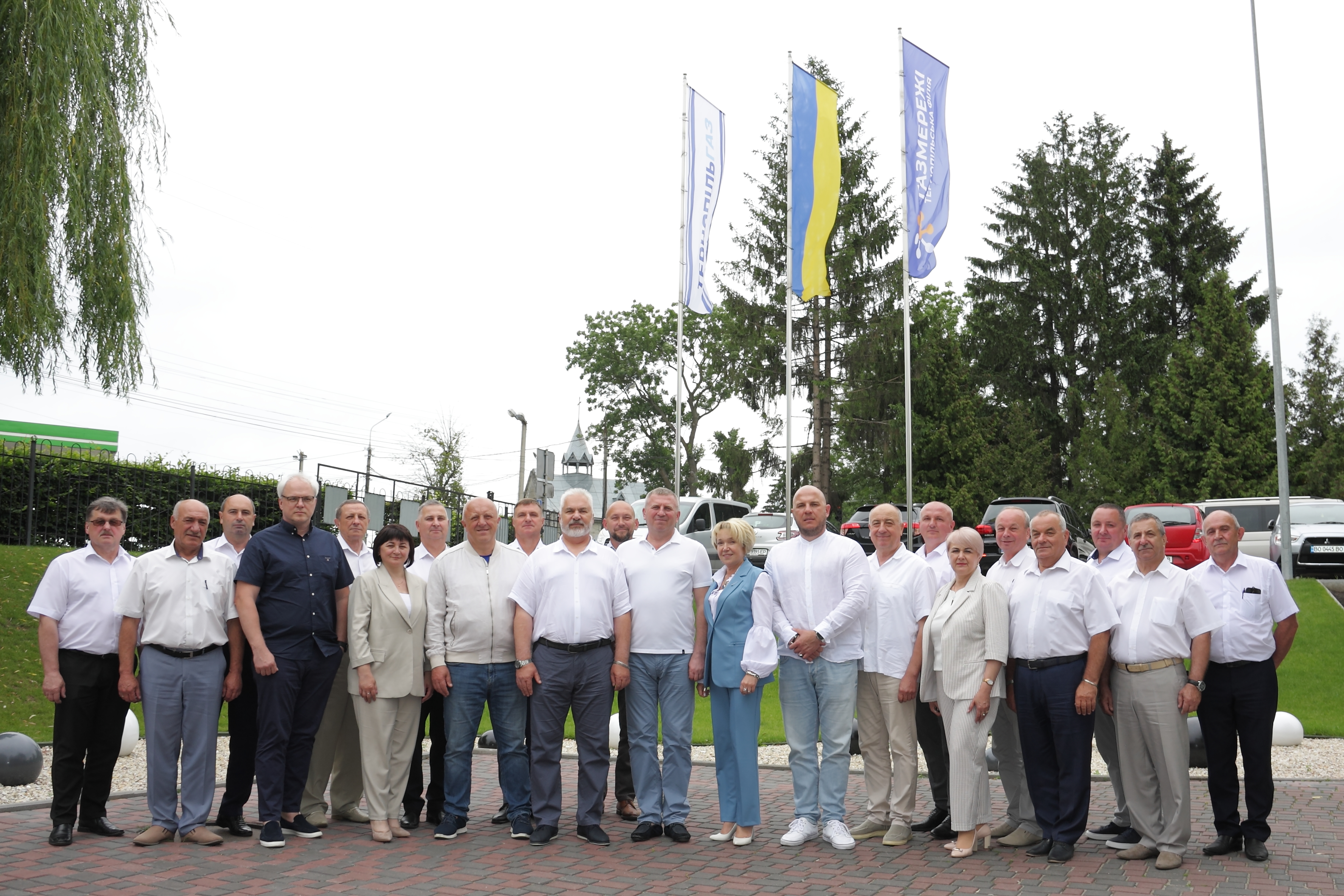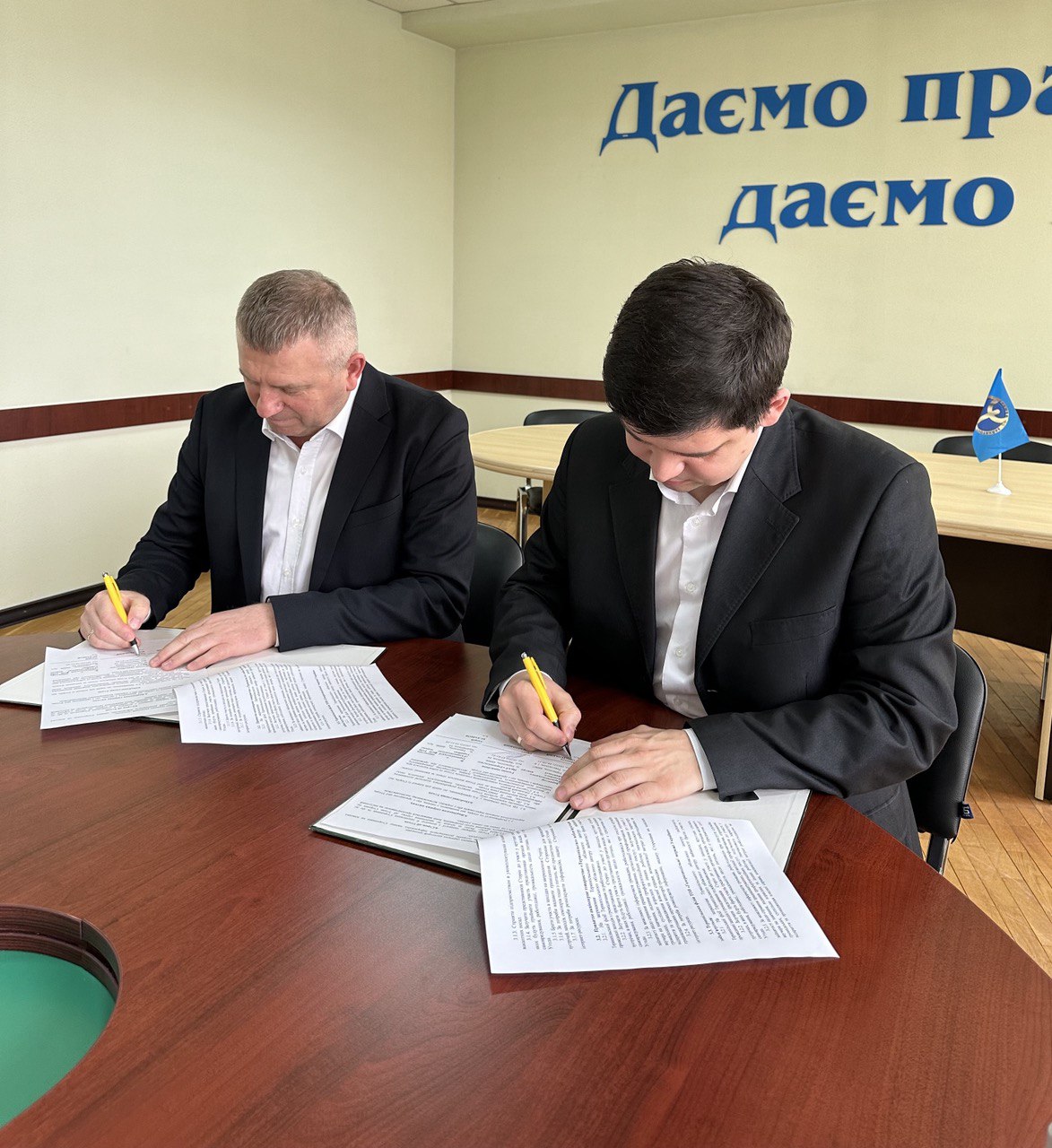
To prevent accidents: rules for using gas at home
Using gas appliances is safe and convenient if you follow the rules and instructions. However, their improper operation and poor maintenance can lead not only to explosions and fires, but also to accidents.
According to the Gas Supply System Safety Rules, the managers of housing management organisations, heads of cooperatives, and owners of private houses are responsible for the condition of gas-using equipment, intra-building gas pipelines, smoke and ventilation ducts in residential buildings. It is also the responsibility of the owner to ensure that the inspection reports are submitted to the gas company in a timely manner.
Do not forget to check the draft before and during the operation of gas appliances with combustion products discharged into the chimney, check the condition of the flue pipe caps from gas appliances with forced discharge of combustion products through the wall.
REMEMBER:
- it is strictly forbidden to install gates in the flue ducts from natural gas heating appliances;
- do not leave operating gas appliances unattended for a long period of time;
- open the window while the gas appliance is in operation;
- do not use gas stoves for space heating;
- do not allow children of preschool age and persons who have not been trained in the rules of gas use in everyday life to use gas appliances;
- if you smell gas in the room, entrance, outside, or if a gas appliance is malfunctioning, call the gas company’s emergency dispatch service by calling 104.
Failure to follow these basic rules can lead to an emergency or carbon monoxide poisoning.
Carbon monoxide is a product of incomplete combustion of natural gas and is dangerous to human life and health. It is impossible to detect it indoors without special equipment. If there is insufficient draft in the smoke and ventilation ducts, carbon monoxide fills the room and even a small concentration in the air can lead to fatal poisoning.
Carbon monoxide is colourless, odourless, tasteless and easily mixed with air. When it enters the circulatory system through the lungs in low concentrations, it can combine with haemoglobin in red blood cells to form the compound carboxyhaemoglobin, which is unable to carry oxygen to the cells and tissues of the body, thereby causing acute hypoxia, which can be fatal.
Carbon monoxide poisoning has the following symptoms: headache, dizziness and fatigue, difficulty breathing, shortness of breath, dry cough, nausea and vomiting, bluish or bright red skin tone, loss of balance, vision, memory impairment or loss of consciousness. There is no time to delay, you should immediately call an ambulance. Before the arrival of the doctor, the victim should be taken out into the fresh air, and in winter - to a well-ventilated room. To facilitate breathing, it is necessary to free the person from tight clothing. If possible, provide an oxygen pillow. Put a cold compress on the head and chest - a piece of cloth, towel or handkerchief soaked in cold water. If possible, the victim should be given tea or coffee (do not give alcohol), covered, given a cotton wool soaked in ammonia, and warmed with a heating pad or bottled hot water. If the victim is not breathing or breathing is rapidly deteriorating, you should immediately start mouth-to-mouth or mouth-to-nose resuscitation.
To protect yourself and your loved ones from poisoning by products of incomplete combustion, we recommend installing carbon monoxide detectors.
Take care of your health and life!
Always yours - Ternopilgas






